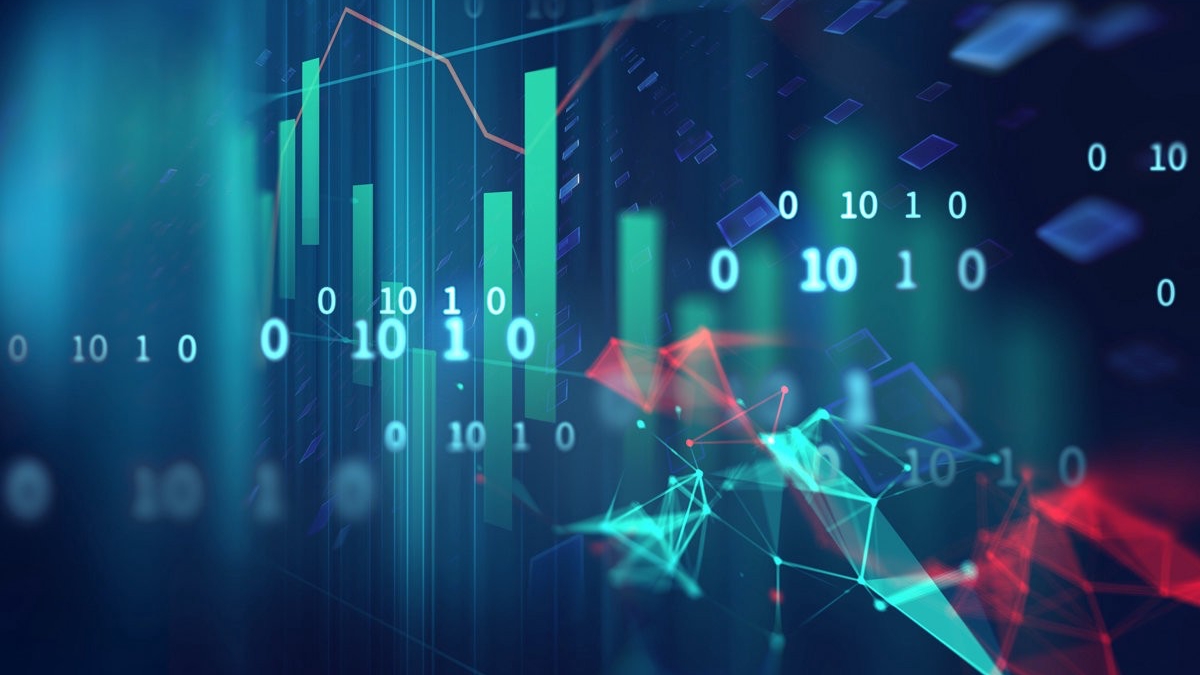
In this article, we shall discuss how to study data science in 2021 to transition in the data science domain.
If you are considering starting a career in data science, then there is always a doubt about how to study data science. In data science, one has to learn theoretical concepts and gain practical knowledge and skills. Theoretically, you have to study the data science concepts, such as linear algebra, calculus, probability, statistics and a few machine learning algorithms. Practically, you will have to learn skills like Python and its various machine learning libraries, SQL, PowerBI, Tableau, AWS, and other data science tools. If you want to learn all these tools and techniques in theoretical depth and practically, you can go for the data science course or data science and engineering course.
Here we shall talk about how to learn data science – theoretically and practically – and the time one should dedicate to learning its tools and techniques.
Table of Contents
Programming Language
To make a career in data science, you have to know at least one programming language. There are mainly two programming languages that are used in data science – Python and R. The reason behind this is the number of data-friendly libraries available in Python. So, I would recommend a beginner to start learning and getting a good grip on Python.
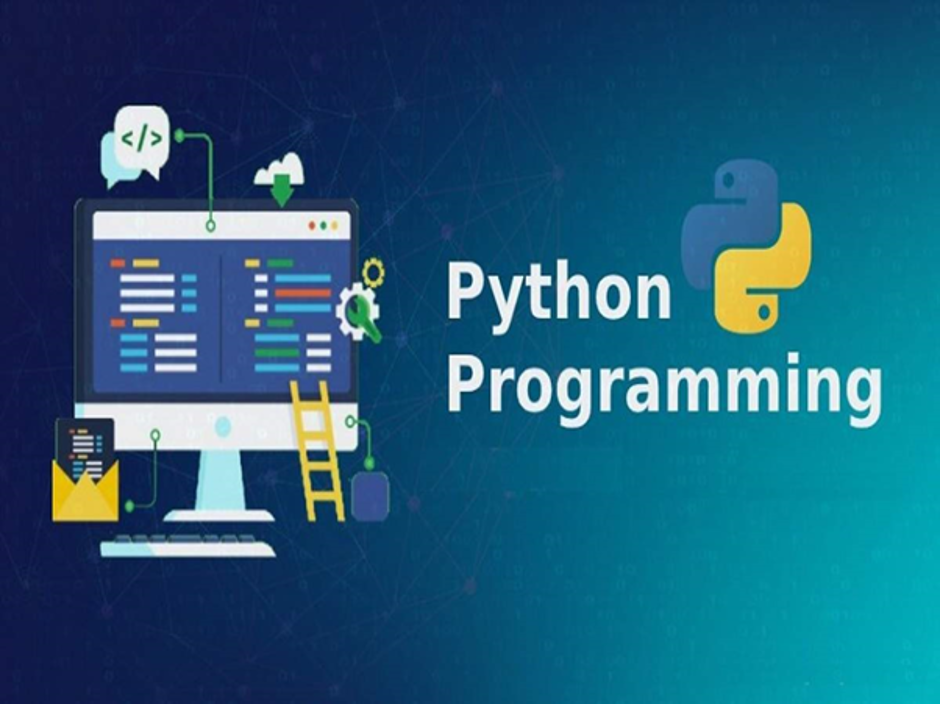
You should start studying the basics of Python such as data structure, data type, imports, functions, conditional statements, loops and Object-Oriented Programming (OOPs) concepts.
Data Preprocessing
Data preprocessing is an essential step in data analysis. It is used to transform the raw data in a useful and efficient format. The data generated from various industries may have irrelevant and missing parts. For this, you can use Pandas (a popular Python library for data preprocessing) and sklearn (an efficient tool for predictive data analysis). It will take approximately 2-3 weeks to learn these two tools.
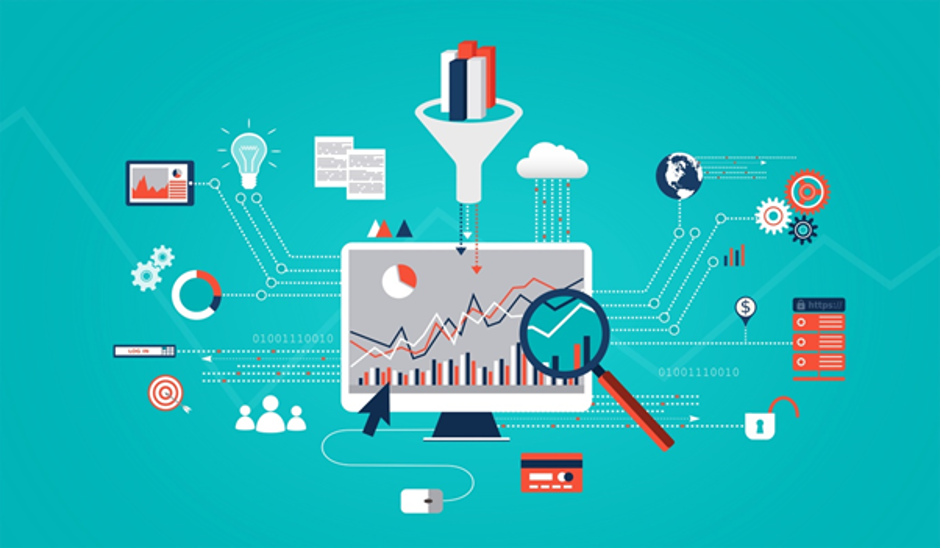
Data Analysis and Visualization
The data you get in a data science job is structured and unstructured. You have to process and analyse the data by using various tools. Therefore, data analysis and visualization becomes one of the most crucial parts of studying data science. You can study this part in the following manner:
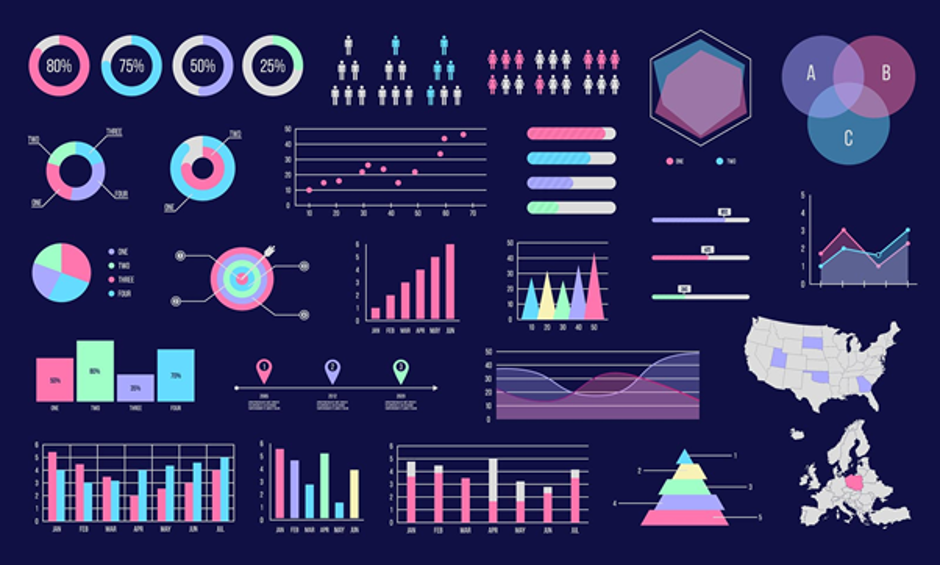
Numpy
At the outset, you should start from Numpy, a popular library for storing n-dimensional data and performing mathematical functions very fast. Take some publically available data and play it using Numpy. You should be able to finish Numpy in 1-2 weeks.
Pandas
Pandas is another well-known library used to store, manipulate and visualize the dataset. It offers data structures and operations for manipulating numerical tables and time series. It would take 1-2 weeks to learn Pandas and its functions.
Matplotlib
It is another powerful library for data plotting and visualization in Python. It provides an object-oriented API for generating plots into applications using general-purpose GUI toolkits. Again, it will take 1-2 weeks to learn Matplotlib properly.
Databases
The data generated in any company is stored in a database. Therefore, databases are essential skills for a data scientist. SQL is the most common database language, and you have to study it to make a career in data science. It will take around one month to learn SQL queries. After that, you should go for NoSQL using Python. You can master this within one month.
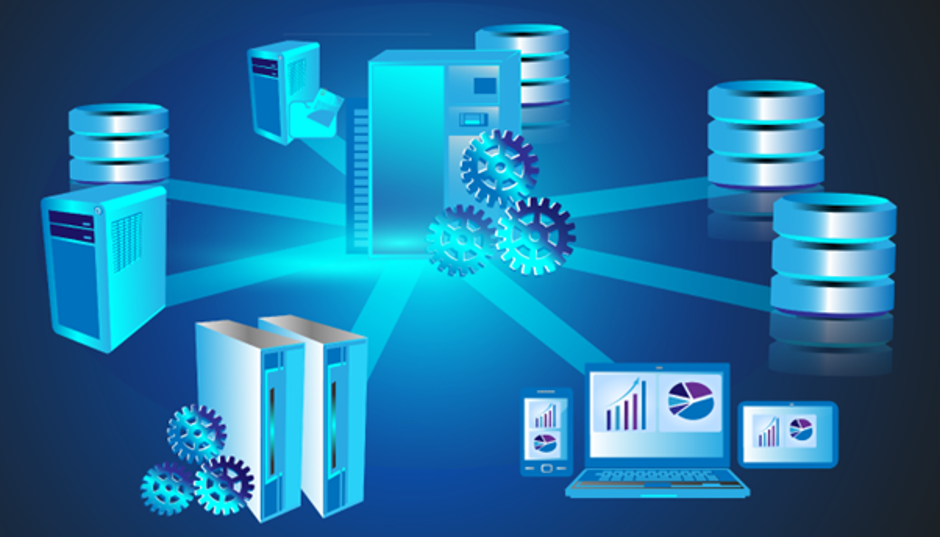
Linear Algebra, Calculus and Statistics
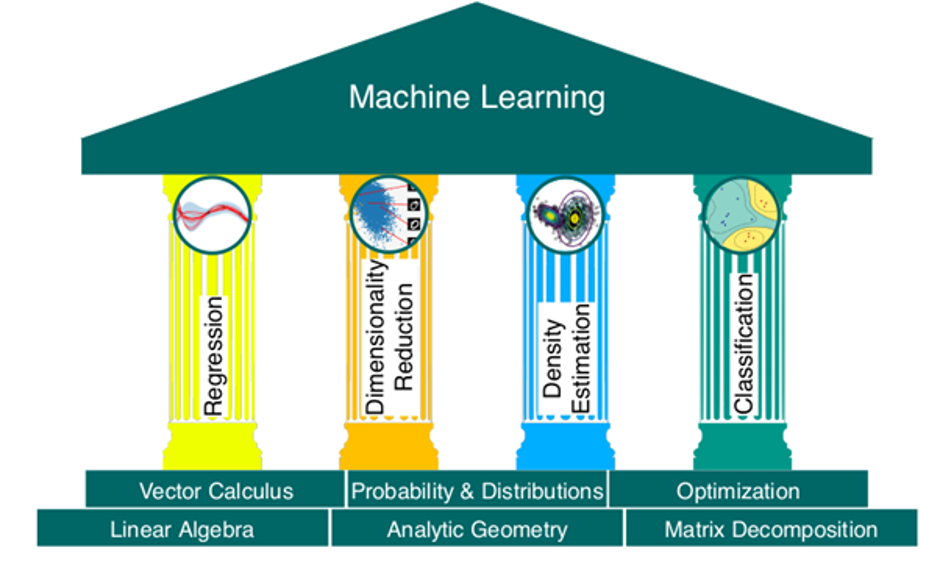
Linear algebra, calculus and statistics are the foundation of data science and machine learning. These mathematical concepts define the underlying principles behind machine learning algorithms. One should spend at least 1.5-2 months to learn these concepts properly. Once you become a master in linear algebra, calculus and statistics, you can easily understand any complex machine learning algorithm.
Machine Learning

Machine learning (ML) is a method of analysis that automates analytical model building. It is one of the most critical skills to become a data scientist. To learn machine learning, you should study the theory of algorithms first. It would take around one and half months to sufficiently understand the theory part of ML. After that, you have to spend another 1.5 months on the practical implementation of the machine learning algorithms in Python.
Deep Learning
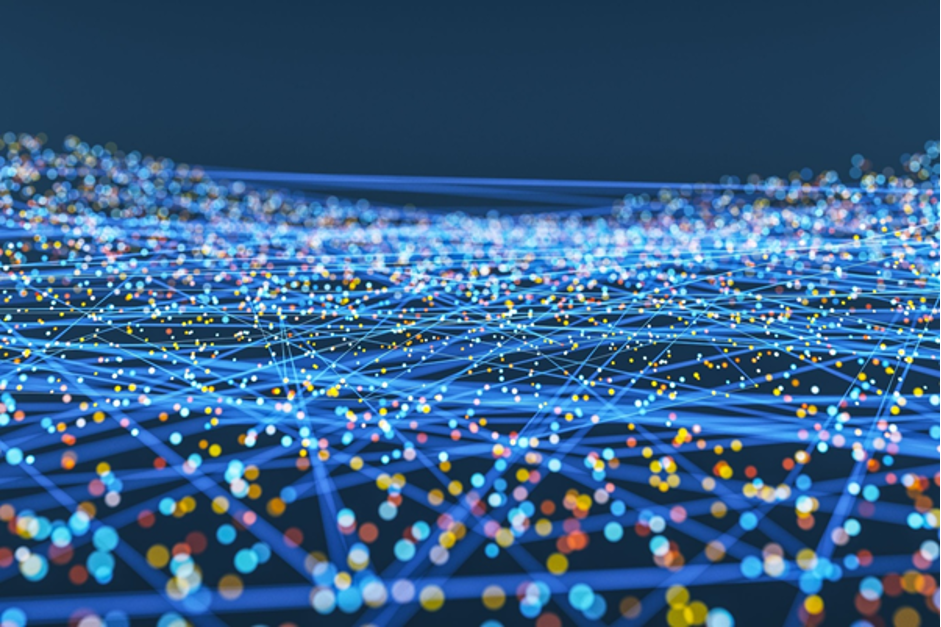
Deep learning is a subset of machine learning in artificial intelligence that has artificial neural networks capable of learning from the unstructured data. Deep learning can be unsupervised, semi-supervised or supervised.
Deep learning is an essential part of data science. You should be well versed in supervised learning, unsupervised learning, clustering, dimensionality reduction, anomaly detection, artificial neural networks and reinforcement learning. It will take approximately two months to learn all these concepts practically.
Cloud for Model Deployment

The cloud deployment model works as a virtual computing environment with a choice of deploying the model. AWS is a reliable, scalable and inexpensive cloud computing service where you can deploy your ML model. You should spend around 2-3 weeks learning AWS.
Final Thoughts
Studying data science is a complicated process, but you can easily learn all the data science tools and algorithms with the right approach and strategy. The above tips will help you learn data science systematically and quickly.
Frequently Asked Questions (FAQs)
Q. What is the future of data science?
Ans: As data is generated everywhere, the future of data science is exceptionally bright. Data science with artificial intelligence is causing a great revolution today and is expected to continue the same in the future. Therefore, thinking about data science as a career is a great choice.
Q. How to study data science efficiently?
Ans: As mentioned above, one should properly study data science in a specific time frame. Focus on theoretical as well as the practical implementation of the concepts. In this way, you will have a deeper understanding of data science and its concepts.
Q. What types of job roles are in the data science domain?
Ans: There are various job roles in the data science domain, such as Data Analyst, Business Analyst, Data Architect, Data Scientist, Data Engineer, AI/ML Engineer, etc.